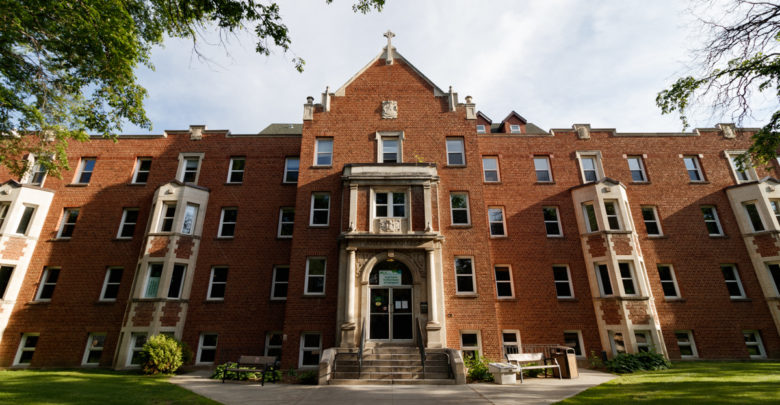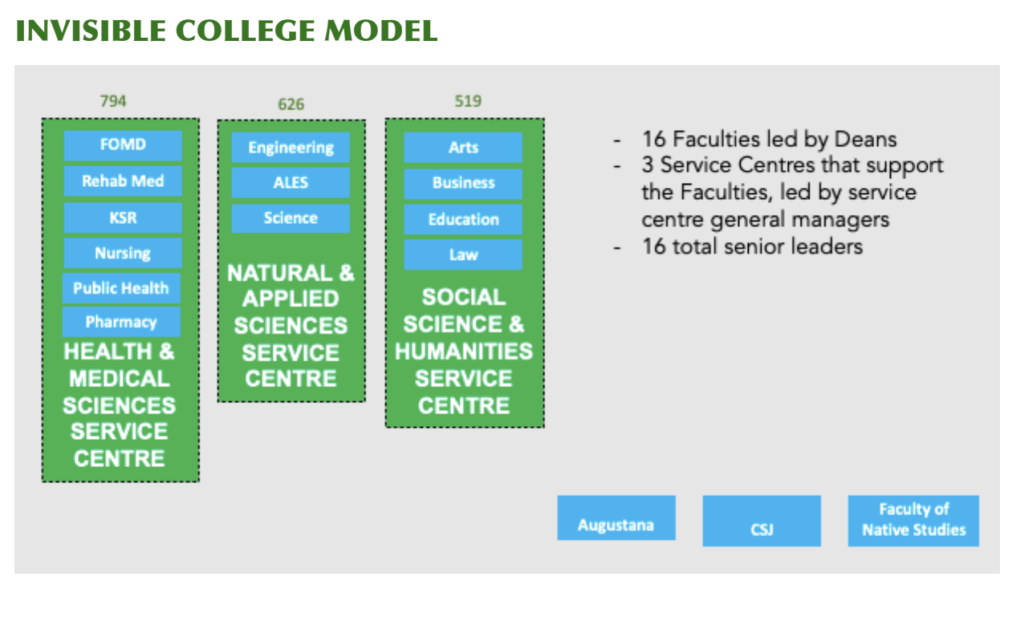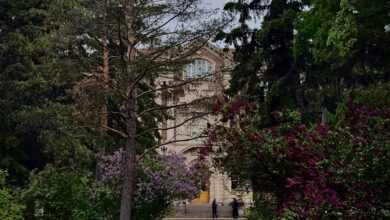U of A professors assemble their own restructuring scenario ahead of GFC vote
Professors say their proposed scenario has the same cost savings, but is more equitable
 Christien Ford
Christien FordA collective of professors from multiple faculties across the University of Alberta have created their own alternative restructuring scenario.
Ahead of the General Faculties Council vote on choosing an academic restructuring scenario on November 23, multiple professors, including Carolyn Sale from the faculty of arts, have developed what they believe is a more equitable academic restructuring scenario. The professors involved say their proposed restructuring scenario derives the same cost-savings, as one scenario the university has presented.
The university is undertaking organizational and academic restructuring in order to realize over $120 million in savings through President Bill Flanagan’s U of A For Tomorrow Initiative. The U of A’s Academic Restructuring Working Group (ARWG) — formed in May 2020 to explore options for how to implement academic restructuring — released their interim report of recommendations, which highlights three options for the consolidation of faculties and administration. These were revised in November after feedback was gathered from stakeholders like students and staff.
In documents obtained by The Gateway, the proposal developed by professors is entitled the “Invisible College Model.” It maintains the identity, name, and autonomy of each of the U of A’s faculties but creates invisible colleges as a way to organize service centres.
These shared services units exist from a “back of the house” perspective, allowing for staff specialization and economies of scale in the delivery of services to faculty and students, while retaining faculty identities and autonomy from a “front of the house” perspective. No course, governance system, or program changes would be required under this model.

Currently, the 16 faculties governed by the budget model each generate a stream of revenue. Under the proposal, budget streams would continue to be separately calculated and assigned to faculties. Instead of having to pay for their own faculty specific service, including HR and finance positions, they would be “taxed” at a common rate to fund shared services.
The tax rate would be determined in consultation between the provost and deans. Once determined through this process, the shared services budget would be administered by a Service Centre General Manager, with regular review by the deans within each shared services unit.
The invisible college model achieves the same level of cost savings as the U of A administrations own college model of $31.8 million.
In a post on an internal U of A forum, Sale said the invisible college model achieves the necessary cost savings required by academic restructuring while maintaining the identity of faculties and the University of Alberta.
“We must have a scenario for academic restructuring that does as little harm as possible to the university at this time by preserving the individual autonomy of our faculties and minimizing both job loss to support staff and our current collegial or shared governance structures,” Sale wrote.
“We need to get this right,” she added. “The future of the university is at stake.”




